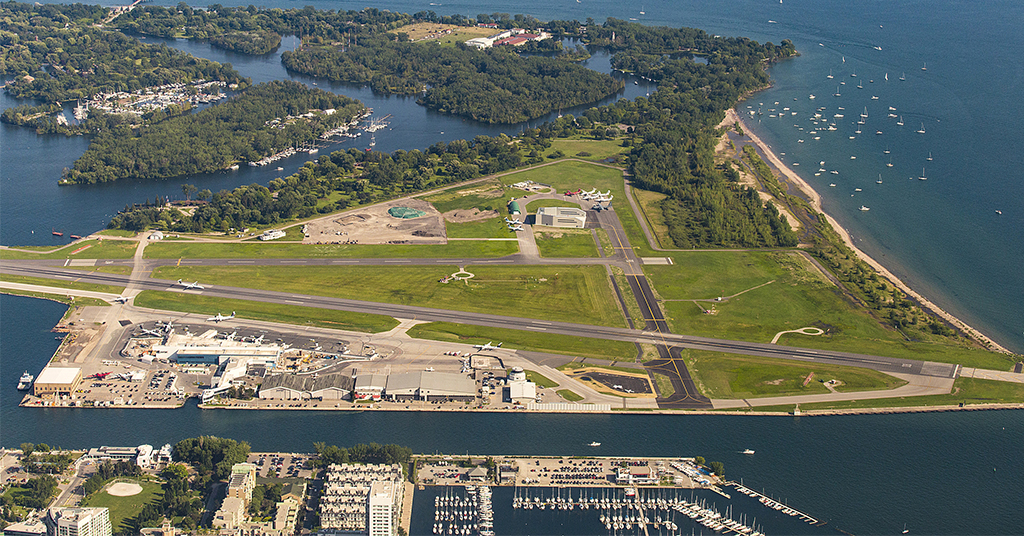By Steven Daun, National Chief Pilot
You’ve decided to take a trip for either business or pleasure. You may be using your airplane or one that you’ve rented. Now it’s time to decide on your destination airport.
Before the internet, this was a much more challenging task. Information regarding airports was mostly limited to the information found in the Airport Facility Directory or in an assortment of airport directories. Last-minute airport updates were limited to the information that flight service had or from a call to some person working in the FBO who may or may not be a pilot.
As we all know and have experienced, the internet has made available more information than we can process. Yes, we have gone from not enough information to information overload. So, where do you begin?
The first place that I would like to begin is speaking with other pilots. Chances are if they haven’t been to the airport or an airport close to it, they most likely know someone who has. Personal experience is excellent, especially when trying to evaluate challenges and difficulties related to that airport.
The next place to look is the internet. Rather than typing in a specific airport, you may want to type in “airports near X.” “X” is your destination. This will give you an idea of all of your airport options.
You will need to consider the limitations of the aircraft that you are flying. Airport evaluation may include runway length, density altitude limitations, or type of runway surface.
By now, you should have a list of possible usable airports in the general area of your destination. When looking at this list, it is vital to look at things such as maintenance, fuel service, transportation, communications, and emergency services. Understanding the services offered should help you narrow your list down even more.
Perhaps one of the biggest mistakes that a lot of new pilots make when flying to a faraway destination is that they don’t check the local transportation options. Many years ago, I remember flying into an airport on the west coast of Florida. You couldn’t call for a taxi because there were no phones. The procedure was to fly two laps around the town and a nice lady in a station wagon would drive out to meet you and take you where you wanted to go.
Google Maps is a great resource to view the airport and the surrounding area. Switch to 3d mode, and you will be able to get a similar view as you will see in the cockpit. Go through this exercise from each of the four cardinal directions into the airport. Pictures and videos are a great way to help you get familiar with the local area and key landmarks that will make things easier for you as you get closer to your destination.
The last thing to do before you launch is to confirm your plans with the airport (or FBO). Make sure that everything is as you are expecting. Many FBOs will have deals on local hotels, rental cars, and attractions. Let them know about your arrival and what services you will need. Most FBO’s try to accommodate you as best as they can.










